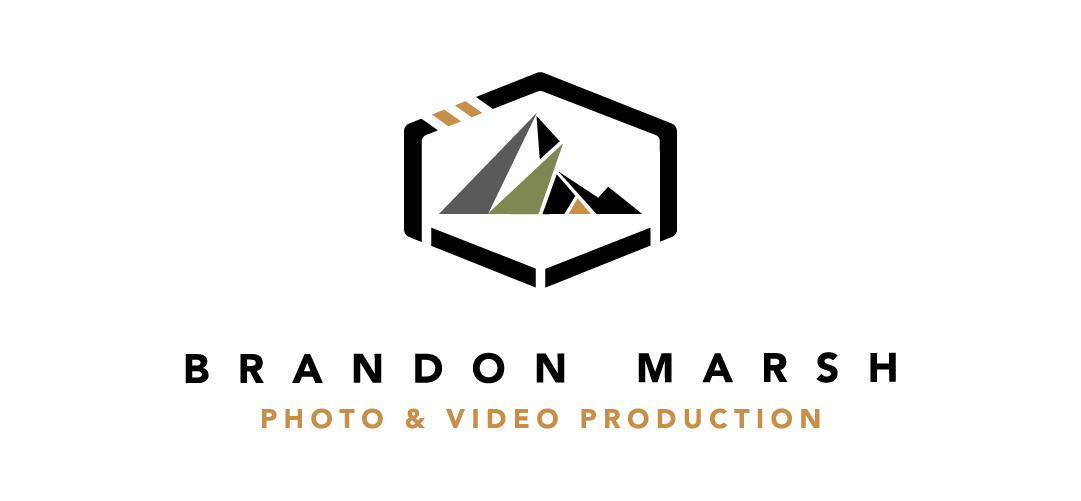Understanding Photo Usage Licensing & Copyright

Introduction
Licensing can be one of the most important aspects of purchasing any sort of creative services. Creatives in Canada by default hold copyright to their intellectual property and need to provide their clients with a usage license for the product. Don’t let this scare you or make you believe that you need to hold the copyright in order to use the images. What you need is to understand what you are allowed to do with the license assigned to you.
Nowadays, The typical license will include what most people will need. If you were about to do a massive worldwide advertising campaign, this is when you definitely want to make sure you cross your “T’s” and dot your “i’s” with your photographer. It is usually a pretty quick negotiation with an additional fee to reflect the use. There may be limitations to the license as we want to make sure we are providing our clients with a great rate and that they aren’t paying for something they may never need. This is why larger companies often pay more, their reach, their profitability, and the liability of the project is greater than a small firm focused on one city or region.
Some of you might be saying “I have hired many photographers and have never had to deal with this” while that may be true, it is important to understand that your wedding photographer was providing a different service than your commercial photographer and that the usage is completely different. There are also many contractors who may not be fully aware of the laws surrounding the products they provide. You are likely not protected for the usage of those images from those shoots. It could turn into a copyright infringement battle at any point should that service provider change their mind about how you are allowed to use the images. That is why contracts are put in place, it is for everyone’s protection and clarity. If there is no contract or mention of a usage license, you might want to reconsider who you are hiring as there is a large gap in their knowledge and professionalism.
We know it can be tricky to navigate the world of intellectual property so we have compiled a bit of information below to help you understand the common variables included in photo licensing. This is applicable for hiring a freelance photographer or purchasing stock photography. Please be sure to understand these details as it is critical to making sure you are using your budget appropriately.
Understanding the Terms and the Variables
To understand photo usage rights, there are some key terms you need to be familiar with. Each of these terms will take the cost of your license from the low end $ to high end $$$$.
But First, What is a Copyright in Canada?
Copyright
As defined by the Government of Canada: “Copyright is the exclusive legal right to produce, reproduce, publish or perform an original literary, artistic, dramatic or musical work.” The creator of a work is typically the owner, unless the creator is an employee under contract or there is another agreement in place to otherwise assign ownership of the copyright.
The Three Key Terms of Your Image License
$$$$ Buyout (Transfer of Copyright)
A client is paying a one-time fee to buy out the full rights to the image. This means that the copyright is being transferred to the client and the photographer would no longer be able to use, display, or sell the use of this image moving forward. The photographer would need to have permission from the client to use the image in their portfolio or social media.
$$ Exclusive Use
Exclusive use is when a client purchases the right to be the sole user of images. The exact specifications are typically outlined in a contract. This means the image will not be used by anyone other than the original buyer and the photographer. The photographers’ use would be limited to a portfolio and general marketing material.
$ Non-Exclusive
Non-exclusive means that the buyer has the right to use the image but, the photographer maintains the right to relicense the image to other parties for various uses. Common in architecture/interior photography where multiple parties are involved in creating the final space. You may be hired by the architect or interior designer and then the flooring company or window company wants to use the image as well. This does not allow the client to resell the images to a third party. The exact specifications should be outlined in a contract.
Other Variables Involved in Image Licenses
Like many legal documents, the terms and conditions will vary drastically. That said, here is a list of other common factors that may be involved in your image license.
Where can it be used?
This can be restricted to a city, region, country, or worldwide. This causes the pricing to fluctuate and is determined based on the reach and potential to make an income from the content.
How can it be used?
Terms like Editorial, Trade Magazines, Trade Show Ads, Corporate, Website/Portfolio, Social Media, Competitions, and Wall Displays. Will be included in the license to explain in what marketing or ad space the images can be used. Unlimited may also be a term used to explain that you may use the image in any sort of marketing or advertising material.
Sample Non-Exclusive Usage License:
Subject to the terms and conditions of this contract, “Photographer Brand Name” the creator of the work (‘Work’) referenced in this document ( INVOICE# ) hereby grants to “Company Who is Purchasing” defined herein (‘Client’) a non-Exclusive license to use the Work Worldwide. This license shall be valid for 10 yr period and shall cover the publication of the Work in the following media only: Editorial, Trade Magazines, Trade Show Ads, Corporate, Website/Portfolio, Social Media (Photo Credit Required), Competitions, and Wall Displays.
Any other use of the Work by the Client shall require a separately negotiated license. Please provide credit to “Photographer Brand Name and Website or Social Media Handle” when applicable.
Penalties of Copyright Infringement
You can read more about this on the Government of Canada Website – REMEDIES
Many people are weary about entering agreements with licensing restrictions with photographers. I get it, you are likely worried about an accidental infringement. Most cases, that is a simple conversation to clear the air and cover the fees involved in the mistake. But, best to ask when you are unsure rather than ask for forgiveness after the fact. That is just good practice with any relationship.
The penalties of copyright infringement are in place for those who are stealing and know very well that they are stealing. The penalties can be pretty severe including massive fines, legal fees, and in some cases jail time. All of this can be easily avoided by being upfront and honest about what your needs are. We know sometimes people think leaving out specific details will help reduce the cost of a project, if you think something is going to be out of your budget range, just be upfront about it. Say what your budget is so there is an opportunity for both parties to negotiate what works best for them. I can’t speak for all creatives out there, but we believe that honesty and communication are the foundation of a healthy relationship. Money is not the main reason we do what we do, it is just an important factor in survival and growth.
This brings me to my last point, just be a good person… Don’t Steal!
In all aspects of life, being a good person will get you where you need to go and in the process, you get to celebrate that success with everyone you’ve worked with. Intellectual property and copyright is a very important part of everyone’s lives and is a critical feature of allowing artistic people to do what they do best in life. Without each other, there would be no purpose to anything, so let’s stick together and support each other.
Thanks for taking the time to learn with us. Feel free to reach out if you have any questions! Click here to schedule a zoom or phone call with us.

